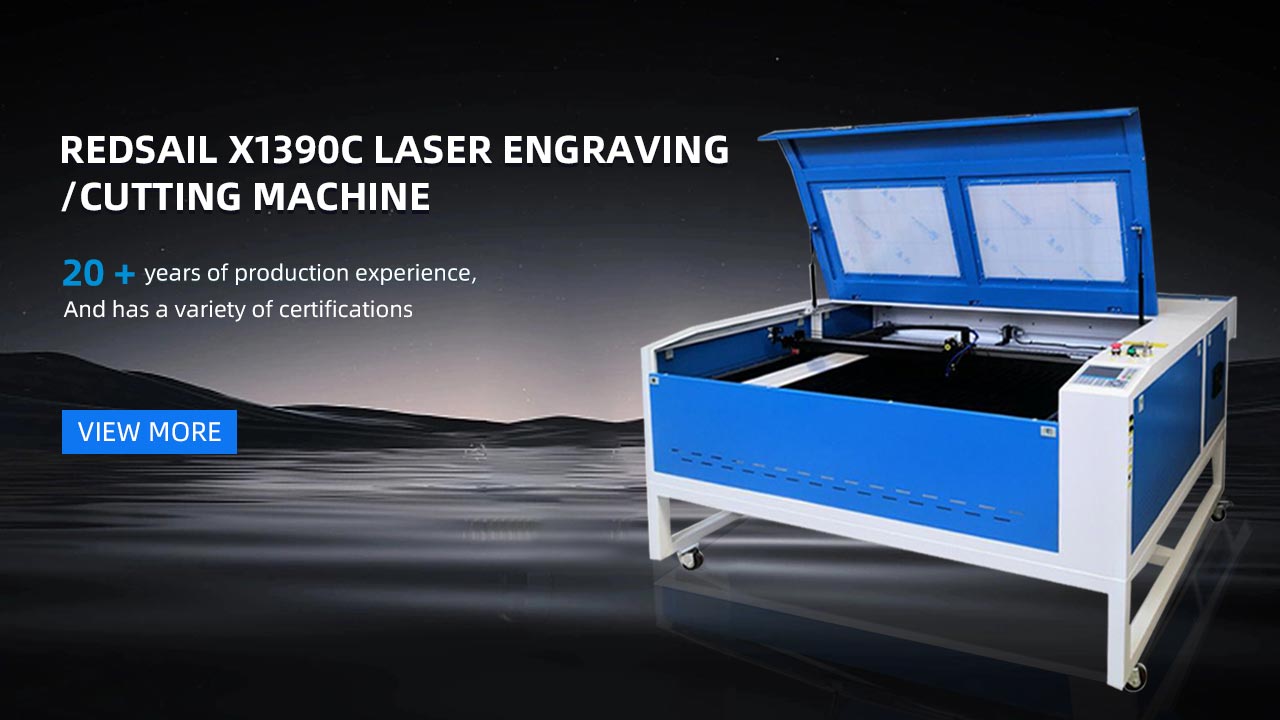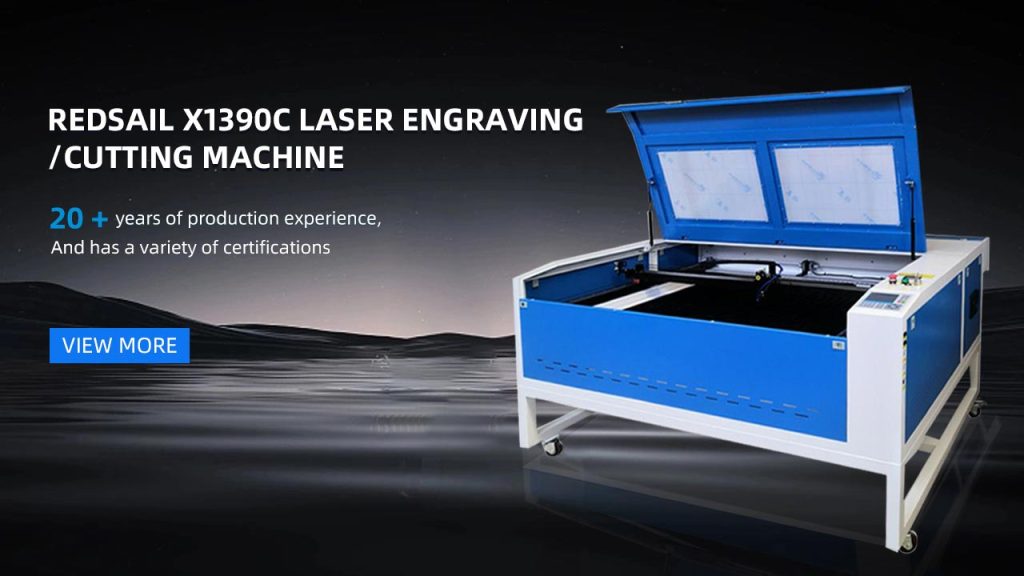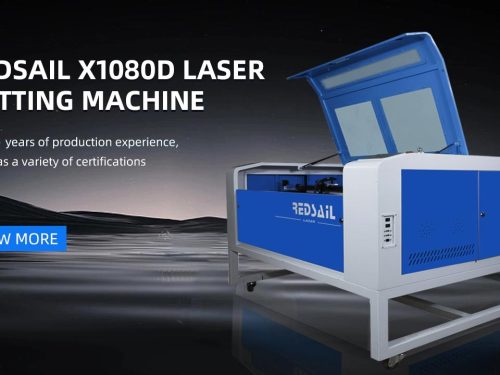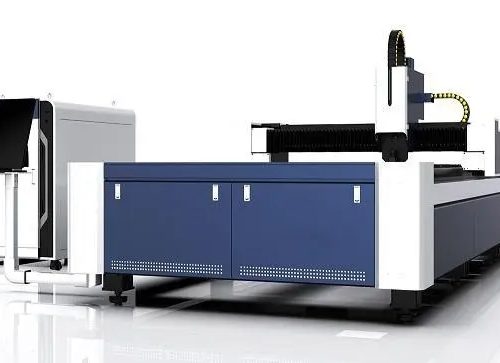

1. Compare the structure of laser equipment
Carbon dioxide gas is the medium that produces laser beams. However, fiber optic lasers are transmitted through diodes and fiber optic cables. The fiber laser system generates a laser beam through multiple diode pumps, which are then transmitted to the laser cutting head through a flexible fiber optic cable instead of a reflector. There are many advantages, first of all, the size of the cutting machine. In gas laser technology, the reflector must be set within a certain distance, and fiber laser technology is not limited. Fiber laser can even be installed next to the plasma cutting head of a plasma cutting bed. There is no choice for carbon dioxide laser cutting technology. Similarly, compared to gas cutting systems with the same power, the ability to bend optical fibers makes the system more compact.
2. Compare the conversion efficiency of electricity and light
The most important and meaningful advantage of fiber cutting technology should be its energy efficiency. The fiber laser cutting system has a complete solid-state digital module and a single design, which has higher electro-optical conversion efficiency than carbon dioxide laser cutting. For the power unit of the carbon dioxide cutting system, the actual utilization rate is about 8% to 10%. For fiber laser cutting systems, users can expect higher power efficiency from around 25% to 30%. In other words, the energy consumption of the fiber optic cutting system is 3-5 times less than that of the carbon dioxide cutting system, resulting in an energy efficiency improvement of over 86%.
3. Compare cutting effects
Fiber laser has the characteristic of short wavelength, which improves the absorption of light beams by cutting materials, enabling it to cut brass, copper, and non-conductive materials. A more concentrated beam produces smaller focal points and deeper focal depths, allowing fiber laser to quickly cut thinner materials and more effectively cut materials of medium thickness. When cutting materials up to 6mm thick, the cutting speed of the 1.5kW fiber laser cutting system is equivalent to the cutting speed of the 3kW carbon dioxide laser cutting system. Due to the lower operating cost of fiber optic cutting compared to ordinary carbon dioxide cutting systems, it can be understood as an increase in output and a decrease in commercial costs.
4. Compare maintenance costs
Fiber laser cutting is more environmentally friendly and convenient in machine maintenance, and carbon dioxide gas laser systems require regular maintenance; The reflector needs maintenance and calibration, and the resonant cavity needs regular maintenance. On the other hand, fiber laser cutting solutions require almost no maintenance. The carbon dioxide laser cutting system requires carbon dioxide as the laser gas. Due to the purity of carbon dioxide gas, the resonant cavity can be contaminated and requires regular cleaning. For a several kilowatt carbon dioxide system, it requires at least $20000 per year. In addition, many carbon dioxide cutting requires high-speed axial flow turbines to transport laser gas, which require maintenance and refurbishment.
From the above comparison, although CO2 has strong cutting ability, fiber optic still has higher advantages in energy conservation and cost. The economic benefits brought by fiber optic are better than that of CO. In the future development trend, fiber optic laser cutting machines will occupy the mainstream equipment position.










